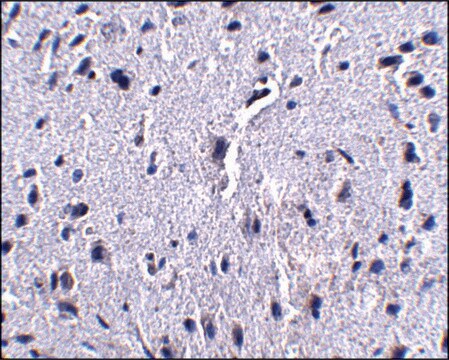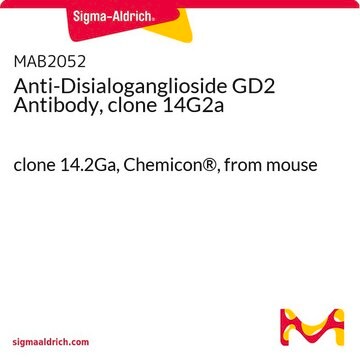Allgemeine Beschreibung
Programmed cell death protein 1 (UniProt: Q15116; also known as Protein PD-1, hPD-1, CD279) is encoded by the PDCD1 (also known as PD1) gene (Gene ID: 5133) in human. PD-1 is a monomeric inhibitory cell surface receptor involved in the regulation of T-cell function during immunity and tolerance. PD-1 is synthesized with a signal peptide (aa 1-20), which is subsequently cleaved off. The mature form contains an extracellular domain (aa 24-170), a transmembrane domain (aa 171-191), and a cytoplasmic domain (aa 192-288). PD-1 also contains a single N-terminal immunoglobulin variable region (IgV) like domain. PD-1 and its ligands, PD-L1 and PD-L2 play a key role in the maintenance of peripheral tolerance, a process by which the quiescence of autoreactive mature T cells is maintained. However, tumors and pathogens that cause chronic infections can exploit this pathway to escape T-cell mediated tumor-specific and pathogen-specific immunity. The effector functions of T-cells expressing PD-1 can be downregulated by PD-L1 or PD-L2 expressed by the tumor cells. PD-1 lacks SH2- or SH3-binding motifs on its cytoplasmic tail, but contains the N-terminal sequence VDYGEL that forms an immunoreceptor tyrosine-based inhibition motif (V/I/LxYxxL), which recruits SH2 domain-containing phosphatases. The cytoplasmic tail also contains the C-terminal sequence TEYATI, which forms an immunoreceptor tyrosine-based switch motif (TxYxxL). PD-1 ligation is reported to inhibit the activation of T-cell receptor proximal kinases, which results in attenuation of Lck-mediated phosphorylation of ZAP-70 and initiation of downstream events. PD-1 is also reported to impair the activation of the MEK-ERK MAP kinase pathway by inhibiting activation of PLC- 1 and Ras. (Ref.: Boussiotis, VA (2016). N. Engl. J. Med. 375; 1767-1778).
Spezifität
Clone EH33 specifically detects PD-1 in human cells. It targets an epitope with the extracellular domain.
Immunogen
Epitope: extracellular domain
Recombinant protein fragment corresponding to the extracellular domain of human PD-1 (as an Ig fusion protein).
Anwendung
Research Category
Entzündung & Immunologie
Anti-PD-1, clone EH33, Cat. No. MABC1122, is a mouse monoclonal antibody that detects Programmed cell death protein 1 (PD-1) in human cells and has been tested for use in Immunohistochemistry (Paraffin).
Immunohistochemistry Analysis: A representative lot detected PD-1 in Immunohistochemistry applications (Sridharan, V., et. al. (2016). Cancer Immunol Res. 4(8):679-87; Calles, A., et. al. (2015). J Thorac Oncol. 10(12):1726-35; Bachireddy, P., et. al. (2014). Blood. 123(9):1412-21).
Qualität
Evaluated by Immunohistochemistry in human tonsil and human bone marrow tissues.
Immunohistochemistry Analysis: A 1:250 dilution of this antibody detected PD-1 in human tonsil and human bone marrow tissues.
Zielbeschreibung
31.65 kDa calculated.
Physikalische Form
Protein G purified
Format: Purified
Purified mouse monoclonal antibody IgG2a in buffer containing 0.1 M Tris-Glycine (pH 7.4), 150 mM NaCl with 0.05% sodium azide.
Lagerung und Haltbarkeit
Stable for 1 year at 2-8°C from date of receipt.
Sonstige Hinweise
Concentration: Please refer to lot specific datasheet.
Haftungsausschluss
Unless otherwise stated in our catalog or other company documentation accompanying the product(s), our products are intended for research use only and are not to be used for any other purpose, which includes but is not limited to, unauthorized commercial uses, in vitro diagnostic uses, ex vivo or in vivo therapeutic uses or any type of consumption or application to humans or animals.









